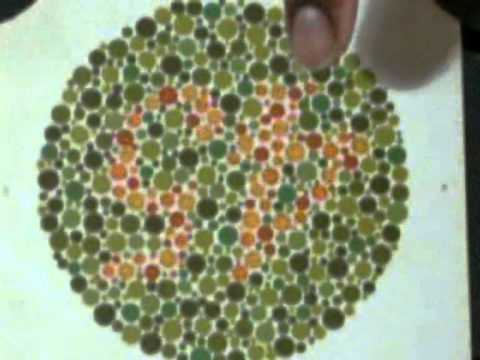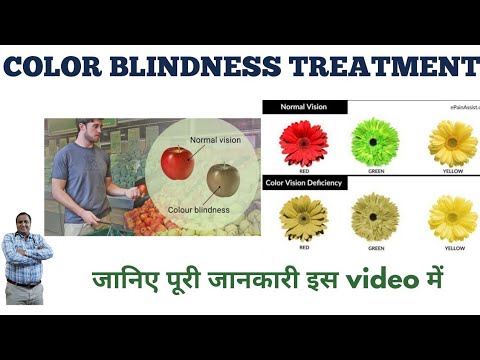
Color blindness treatments can help a person see different colors. The three types of color blindness are tritanopia (seeing red as green), deuteranopia (seeing purple as red) and prosopagnosia (seeing gray as black). These conditions are often hereditary and affect fewer than 1% of the population. Patients with tritanopia often see short-wavelength colors as green, yellow as white and purple as a range of shades of red.
There are several types of color vision deficiencies. Some are acquired and some are inherited. There are several types of monochromacy, dichromacy, and anomalous trichromacy. X-linked recessive inheritance determines the odds that an offspring will develop color blindness. Mutations on X chromosomes are the most common causes. Other inherited forms of color blindness result in defects in genes in one or more chromosomes.
Color blindness can affect anyone, even those born without any visual impairments. Although there are treatments for this condition, it’s still important to consult with an eye care provider for the best treatment. The eye care provider can diagnose the condition using a special eye exam. The doctor will show you a picture that has hundreds of dots, some of which are different colors from others. These dots form a number or figure that is visible to people with normal color vision. However, those with abnormal color vision will not be able to see the number or figure. During this procedure, the eye care professional may ask you to match 2 colored lights on a screen.
As we age, we lose color vision and may need more treatment. Genetics and gene therapy are both promising options. The latter may restore a gene that codes for light-sensitive pigment. Eventually, gene therapy will help people with achromatopsia regain full color vision. But for now, the most promising option for a cure is a new drug for the condition. This will have to be approved by the FDA, but it’s not known when it will be available.
If you have color blindness, it is important to see an ophthalmologist immediately and read the information on the health website https://www.kopertis4.or.id/. You can use special glasses to treat this disorder. You can also wear colored contact lenses to see the colors of your surroundings. These lenses will improve your color perception and reduce the problems associated with this condition. This treatment may even help you pass the Ishihara color vision test. This can help you pass your exam and improve your daily activities.

A doctor usually diagnoses color blindness through a special eye exam. This involves viewing a series of images. Some images have different colors than others. You may be asked to match two light sources on the screen. This can be challenging for people with color blindness. If you can’t see anything, ask your doctor to use a different method to correct your vision. If you are unable to read the information, a friend or relative may be able to help you.
The only treatment for color blindness is for a doctor to prescribe special glasses. Some of these treatments may help treat this condition, including using context clues to make the colors of the world more obvious. Finally, some people are color blind and cannot see the colors red, green and blue. They can see some colors, but they won’t be able to see other colors at all.
Besides special glasses, other treatments for color blindness may include visiting a doctor. Typically, a doctor will use the Ishihara test to determine whether a patient is susceptible to the disease. During the test, a number will be inserted into the background, which will not be visible to those who are color blind. A patient with this condition may also perform the Farnsworth test, which involves lining up caps of different colors.
People with color blindness may also experience other symptoms, such as trouble seeing other colors. In most cases, the first step in treating this condition is to be able to see different colors. Your doctor will perform a special test called the Ishihara test to determine whether you are affected. During this test, the doctor will paste a number into the background of the screen. A patient with this type of vision will not be able to see the number.